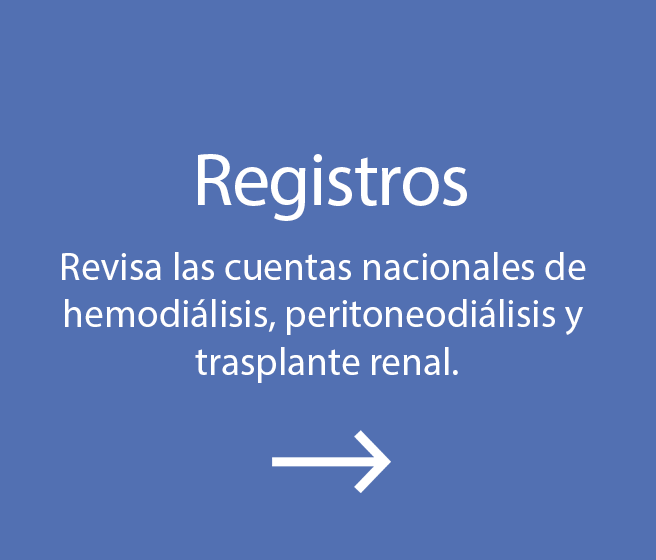Junio 2009
LOWERING BLOOD PRESSURE IMPROVES RISK OF CARDIOVASCULAR EVENTS AND MORTALITY IN PATIENTS ON DIALYSIS
Heerspink et al., Lancet 2009; 373: 1009–1015;
doi:10.1016/S0140-6736(09)60212-9
Patients with end-stage renal disease maintained on dialysis have a very high risk of cardiovascular mortality and morbidity as compared with those patients not receiving dialysis. Although a few trials have shown that lowering blood pressure benefits the cardiovascular health of the general population, the efficacy and tolerability of reducing blood pressure in patients on dialysis remain uncertain. Now, Heerspink et al. present a systematic review and meta-analysis that assesses the effect of lowering blood pressure in patients on dialysis. The authors searched Medline, Embase, and the Cochrane Library database for randomized, controlled trials of blood pressure lowering in patients on dialysis that reported cardiovascular outcomes between 1950 and November 2008. They then identified eight trials that included data for 1679 patients with 495 cardiovascular events. Weighted mean systolic blood pressure in this group was 4.5 mm Hg lower and diastolic blood pressure 2.3 mm Hg lower in actively treated patients than in controls. Treatment for lower blood pressure was associated with lower risks of cardiovascular events, all-cause mortality, and cardiovascular mortality than were seen in controls. The authors draw the important conclusion that treatment with blood pressure-lowering agents should be considered routinely for patients undergoing dialysis to help reduce their high rates of cardiovascular morbidity and mortality. Marc De Broe
• STATINS AND CARDIOVASCULAR EVENTS IN ESRD PATIENTS UNDERGOING HEMODIALYSIS
Fellström et al., N Engl J Med 2009; 360: 1395–1407;
doi:10.1056/NEJMoa0810177
The results of Die Deutsche Diabetes Dialyse Studie (the 4D study)1 suggest that statins may not reduce cardiovascular disease in end-stage renal disease (ESRD) patients with type 2 diabetes mellitus more than in persons with normal kidney function. Discussion following this trial asked whether the dose of atorvastatin was sufficiently high and whether the volunteer subjects recruited had a lower event rate than expected in order to find reasons for the relatively neutral results. The AURORA trial (A Study to Evaluate the Use of Rosuvastatin in Subjects on Regular Hemodialysis: An Assessment of Survival and Cardiovascular Events), a multicenter, double-blind study, randomized 2776 ESRD patients undergoing dialysis to receive rosuvastatin, 10 mg daily, or placebo. Unlike the 4D trial, which enrolled only patients with ESRD and type 2 diabetes mellitus, AURORA did not limit enrollment to those with diabetes. The combined primary end point was a composite of cardiovascular death, nonfatal myocardial infarction, or nonfatal stroke. No differences were found in the rates of the primary event of mortality between treatment arms.
While these trials differ with respect to the etiology of the subjects' kidney disease, the results are similar. The potential for a type II statistical error that was discussed after the 4D study results now appears remote. The AURORA trial confirms the failure of statins to prevent cardiovascular-related events in ESRD patients. Clearly, the burden of cardiovascular disease is established and extensive in patients with ESRD. Determining whether this increased burden requires more treatment with standard therapies or other strategies used among patients with normal kidney function is our next challenge. Lynda Szczech 1N Engl J Med 2005; 353: 238–248.



